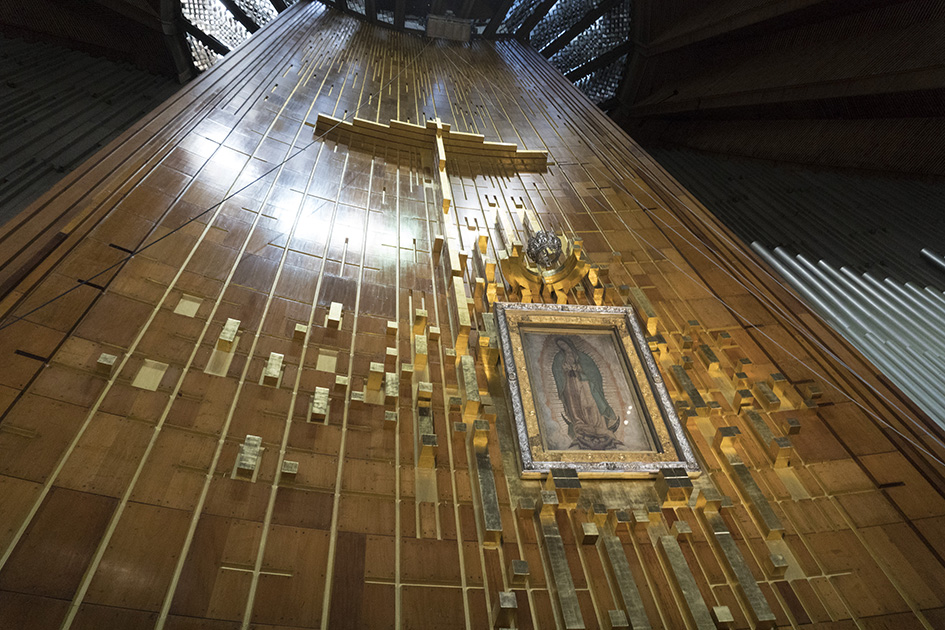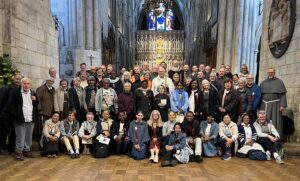Anyone familiar with Saint Francis knows of his love for creation. This love and respect was not for creation’s own sake; rather, creation is a reflection of God’s eternal and plentiful love for all humanity. The apparition of Our Lady of Guadalupe shows us the profound Franciscan understanding of creation and its purpose. The apparition of Our Lady of Guadalupe, along with its image, is one of the central characteristics of Mexican Catholicism. This apparition is unique in that it is the only apparition of the Blessed Mother associated with a text. This text, named the Nican Mopohua, is a serious attempt to recount the events of the apparition to Juan Diego. Interestingly enough, this text was written in the native language of the Nahuatl people.
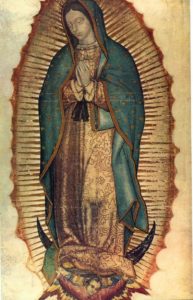
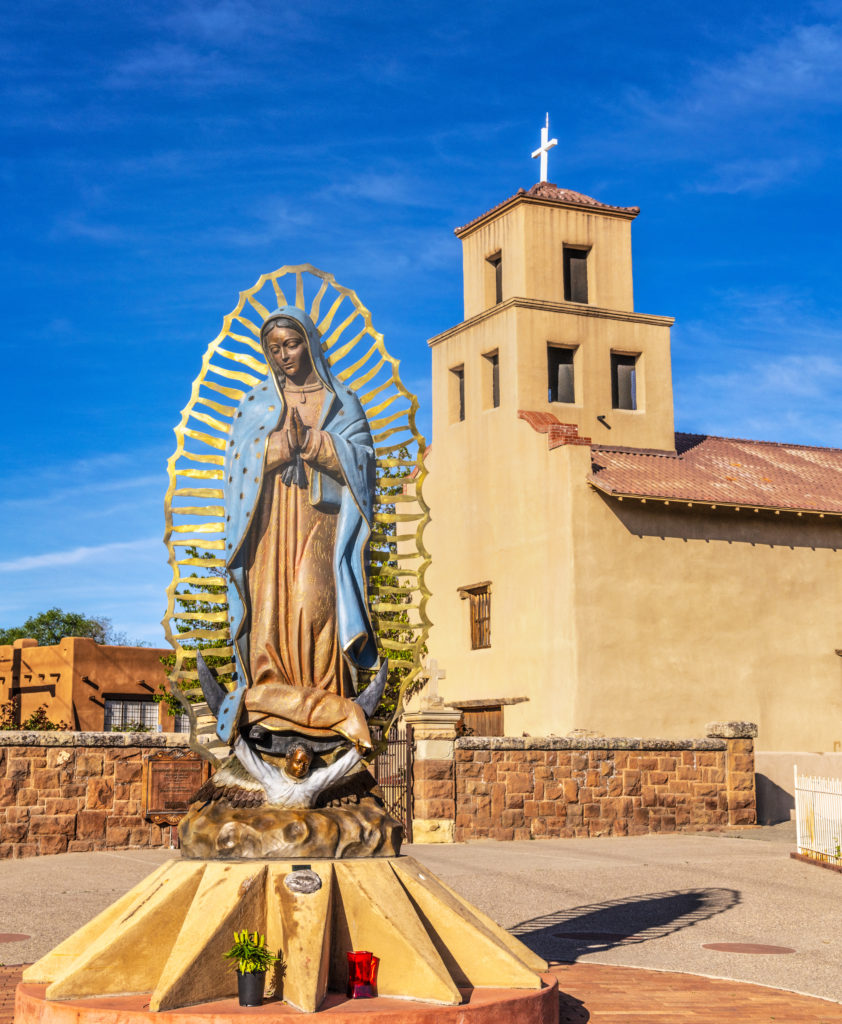
This apparition of Our Lady gave the Catholicism of that time a deeper understanding of the human person. The Blessed Mother chose to appear as one of the dark-skinned natives, which is the reason she is sometimes referred to as La Morena, the dark one. Nonetheless, even though she is La Morena, she is described in the Nican Mopohua as having “perfect beauty.” She was the most beautiful human in the eyes of Juan Diego. This was the case not because she was light-skinned or European but because she was radiating the divine love of God. This is why her “clothing appeared like the sun, and it gave forth rays.” This imagery is a message for both the Nahuatl people and the Spanish settlers:
the human person, no matter the color of their skin, is beautiful because of God’s divine gift of love and grace. The human person is the most beautiful element of creation, the “perfect beauty” because the human person is the part of creation which is open to God’s love and grace.
In addition to this insight, the Blessed Mother addressed Juan Diego as “Dignified Juan.” Juan Diego is dignified in simply being a human person. Now, remember, for the Spaniards, a human was only a person if he/she had the capacity for reason (rational thinking). So, they did not deem the native Nahuatl people as possessing this capacity. However, Juan, through this apparition, challenges this view by understanding the Blessed Mother as the Mother of Christ without any explanation or instruction, not even from Our Lady. She does not teach him anything; he knows who she is by the very beauty she embodies. This recognition showed that the native people had reason, and they could understand the doctrines of the Catholic Faith. The Blessed Mother, by allowing Juan Diego to understand the mystery of her identity and the one she carries in her womb, the Son of God, makes known the dignity that is inherent in every human being.
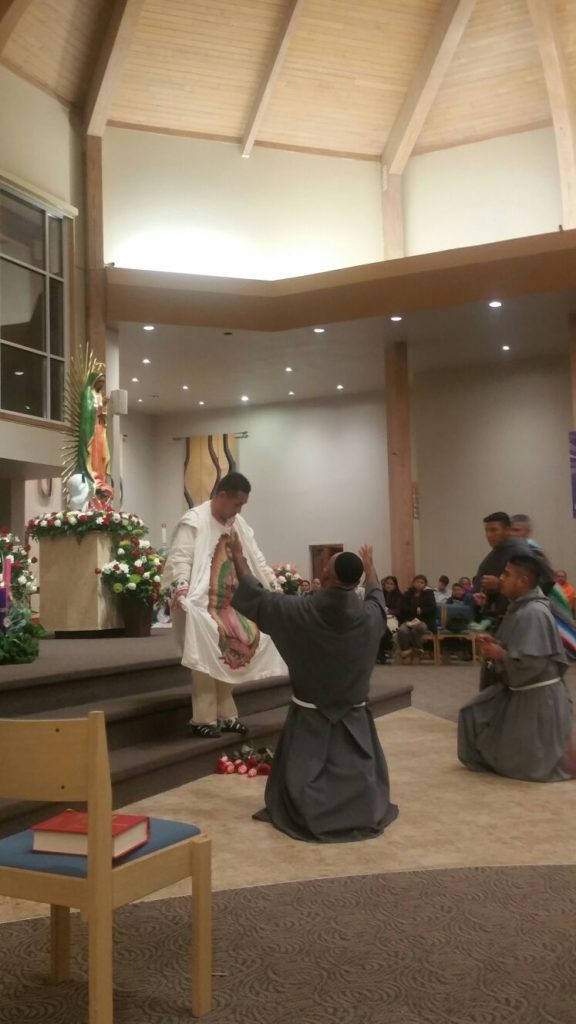
Moreover, Our Lady appears in this way as La Morena to confirm to the racially mixed children of the Indians and Spaniards, or mestizos, that she is their Mother and her Son is their loving God. This can be seen by the fact that La Morena is regarded as one with “perfect beauty.” She appears in mixed mestizo flesh yet she is still beautiful and the bearer of God. In other words, Our Lady of Guadalupe by “assuming” the skin, language, clothing, and symbols of the mestizo people is in solidarity with them in all of their struggles. She is a daughter of the native Nahuatl people. This is shown by Juan Diego’s greeting to the Blessed Mother. He greets her with the words, “My Owner, my matron, my Lady, the most abandoned of my Daughters, my Child.” Our Lady of Guadalupe is disregarded and abandoned just like the mestizo people since her story is not believed by the local bishop, who is a Franciscan. However, Our Lady in the end, with the help of God, is able to open the heart of the Spanish Franciscan bishop to see the truth and beauty of La Morena: the beautiful image of the mestizo people.
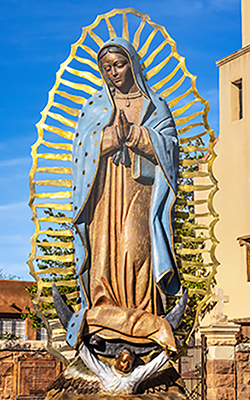
– friar Arturo Felix OFM Conv.


